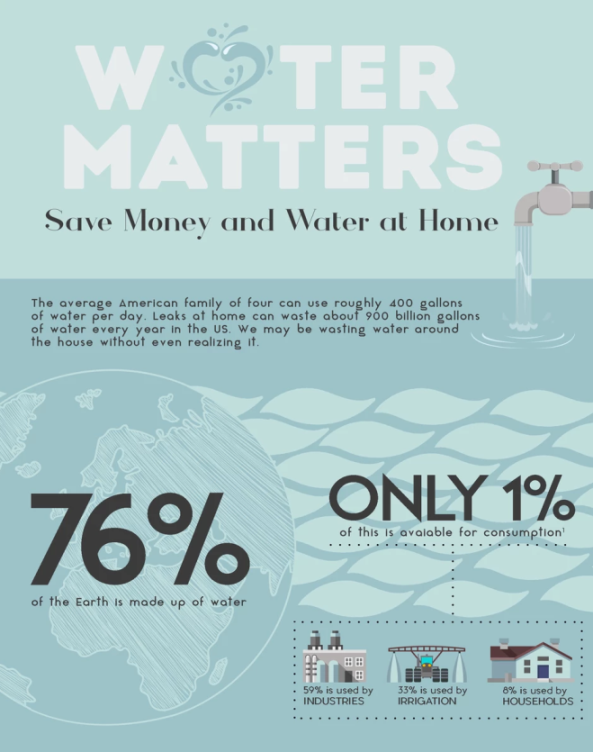Water sustains life. Plants need to create their own food and stay alive. Humans and animals, whose bodies are mostly made of water, need it to hydrate and stay alive.But by 2050, it’s estimated that two-thirds of the world’s population will be living in places with little to no water.
As early as now, already 21 out of the 37 aquifers are drying out at an alarming rate. It’s a countdownto the 2050 prediction for all living creatures on earth.
Climate change, global warming, overpopulation, industries, and households are among the main culprits why the earth is fast drying out. While efforts are being made to reverse or slow down the process, they’re not enough unless everyone cooperates and practices water conservation and environmental responsibility.
On an individual scale, there are many things people can do to save water. Home is usually the best place to startand make a change. The first step is to evaluate how you and the entire household uses water and determine what you can do to avoid wastage.
The next step is to assess the fixtures and appliances in your home to determine how they can be made water efficient.
In many households, standard showers and old toilets are the usual culprits behind water wastage. If you want to make a change, start with switching to a low-flow shower and high-efficiency toilet, both of which use significantly less water.
Your shower and toilet are hardly the only biggest water wasters in your home. Take a look at this infographic on water conservation to determine other appliances and areas in your home you can work to save precious H2O.
(Click on the image for full view)


